Join us for a Herman Miller series that looks at how architects and designers use their most iconic designs to create beautiful and functional office spaces.
November 28th, 2023
In an industry driven by the temporal, longevity can be elusive. While many strive to create designs that will be specified and appreciated for years to come, creating a classic that spans trends, evolutions and generations is a far more complex undertaking.
Herman Miller has been creating legacy products since 1923, with its range of human-centred designs having been specified in workplaces ever since. This video series looks at the stories behind the specifications, capturing Australian designers at work to understand how these functionally- and aesthetically-superior products work for them.
In the office of leading Australian architectural firm Architectus, Associate Alana Fahey rolls across an aisle to chat to a colleague. She and her team are all sitting on Herman Miller Aeron task chairs, and they easily shift across to make room for this impromptu meeting.
As they review plans and discuss designs, they are able to move across their office freely, sharing computer screens and accessing resources through zoned spaces that are visibly open and deliberately easy to manoeuvre. This is no surprise from a firm that prides itself on centring human experience in everything it does. If a workplace is an extension of a brand, this office is a testament to design that is research-driven and deeply considered.
Moving into its Melbourne space in 2017, Architectus wanted a fit-out that would reflect and support a changing work environment. When it came to selecting a task chair, the Aeron’s ergonomic and design credentials made it an obvious choice to take the firm through their next era. While no designer could have anticipated the work environment would change quite as drastically as it has during the COVID pandemic period, the continued use of the Aeron signals a job well done.
“I think what makes Aeron a good task chair is the intuitiveness that comes with the adjustments,” says Fahey. “We work in quite a flexible space and so no two days look the same. Knowing that I can arrive to work and adjust intuitively is really imperative.”
Indeed, it is this intuitiveness that has made the Aeron an icon of workplace design. Made from elastomeric suspension fabric originally created for automotive and aeroplane seating, the chair is flexible, breathable and equally suited to all body sizes and ways of working. The lack of upholstery exposes the function of the chair, implicitly drawing attention to its performance in a way that doesn’t compromise its form.
And while its place in the permanent exhibition at the Museum of Modern Art should hint at its legacy status, nothing is more telling than the real-life experiences of users like Fahey, who says in reflection of the specification choice, “The real testament to the decision was over COVID [and] the amount of Aerons that went home with people in the lockdown. We just couldn’t work without them.”
Herman Miller
hermanmiller.com
INDESIGN is on instagram
Follow @indesignlive
A searchable and comprehensive guide for specifying leading products and their suppliers
Keep up to date with the latest and greatest from our industry BFF's!

Welcomed to the Australian design scene in 2024, Kokuyo is set to redefine collaboration, bringing its unique blend of colour and function to individuals and corporations, designed to be used Any Way!
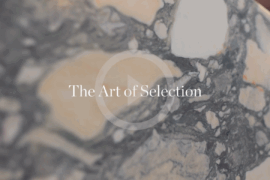
CDK Stone’s Natasha Stengos takes us through its Alexandria Selection Centre, where stone choice becomes a sensory experience – from curated spaces, crafted details and a colour-organised selection floor.

London-based design duo Raw Edges have joined forces with Established & Sons and Tongue & Groove to introduce Wall to Wall – a hand-stained, “living collection” that transforms parquet flooring into a canvas of colour, pattern, and possibility.
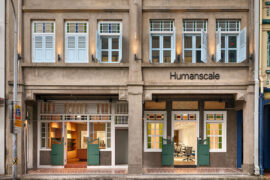
Humanscale’s new showroom is about the modern workplace, with ergonomic excellence, sustainable design and architectural heritage in Singapore.
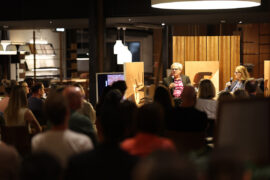
He’s the Director of Eames Office and an all-round creative polymath – and Eames Demetrios has just been in our region with Living Edge.
The internet never sleeps! Here's the stuff you might have missed
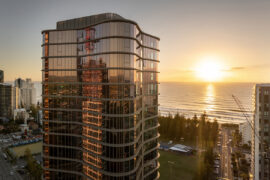
Completed in 2025, Marella by Mosaic is a 30-storey residential tower in Broadbeach designed by Plus Studio. The project brings sculptural form, ocean views and hotel-style amenities together in a refined expression of coastal living.
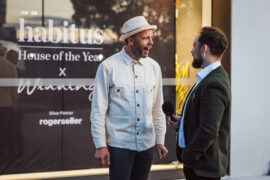
Phillip Withers joins the podcast to discuss landscape design in relation to Country, place and European notions of control, as well as his part on the Habitus House of the Year 2025 Jury.